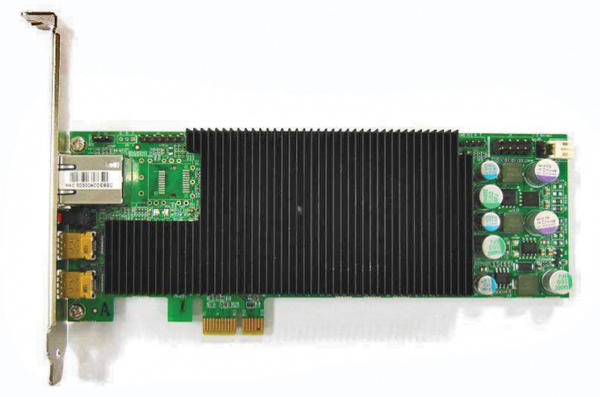

For a good overview of the functionality and performance of currently available host cards, visit the Teradici website. The TERA2240 can accommodate a total of four displays (also Mini DisplayPorts) and achieve an imaging performance of up to 250Mpps. The simplest model (TERA2220, Figure 1) provides support for two Mini DisplayPorts and imaging performance of up to 130 megapixels per second (Mpps).įigure 1: TERA2220 host card with two Mini DisplayPorts and an RJ45 Ethernet port.

The classical host cards, TERA2220 and TERA2240, differ in terms of imaging performance and the possible number of connected displays. Teradici sources the hardware from various manufacturers, such as EVGA or Leadtek.

Teradici offers this adapter as a pure host card for the PCIe bus alternative models have integrated graphics processors.
Hp pcoip zero client Pc#
With a host card, you can turn a powerful Windows or Linux PC (and probably Macintosh computers from 2013Q3) into a remote workstation in an instant. To allow authorized users to work with the required programs and data, PCoIP can allow or prohibit looped USB devices explicitly. PCoIP uses the client-server model and requires additional hardware, on which data is processed (the host).This hardware is responsible for rendering the display information, compression, and encryption.Īt a remote workstation (client), you can then use a thin client (in Teradici-speak, “ zero client”) to access the workstation at the data center. Most administrators are probably already familiar with PCoIP from VMware’s VDI solution, VMware Horizon View VMware licensed PCoIP from Teradici and integrated it into their own product. PCoIP transmits audio and USB signals, as well. The PCoIP (PC over IP) technology was developed by the Canadian company Teradici specifically to display graphical output over IP networks (see the “Advantages of PCoIP” box). Furthermore, this arrangement prevents physical access to the hardware, removing the ability of data thieves simply to clone or remove the hard disk with the project data. Thus, maximum data security, (through centralized data storage and the ability to assign restrictive permissions) as well as spatial and geographic independence (through the distributed use of central resources and workplace ergonomics) favor the use of remote, instead of static, workstations.įor these reasons, it makes sense to set up workstations at the data center, where they are under the control of the IT department and can be more easily integrated with the existing data center infrastructure (e.g., access control, centralized backup processes, UPS, air conditioning). Moreover, the same data might need to be accessed by multiple users at different locations, such as for a joint venture in which several companies are developing a product. These devices also often process sensitive data that must not be lost or allowed to fall into the hands of competitors. Powerful workstations for demanding graphics tasks are usually expensive and produce a lot of heat and fan noise.


 0 kommentar(er)
0 kommentar(er)
